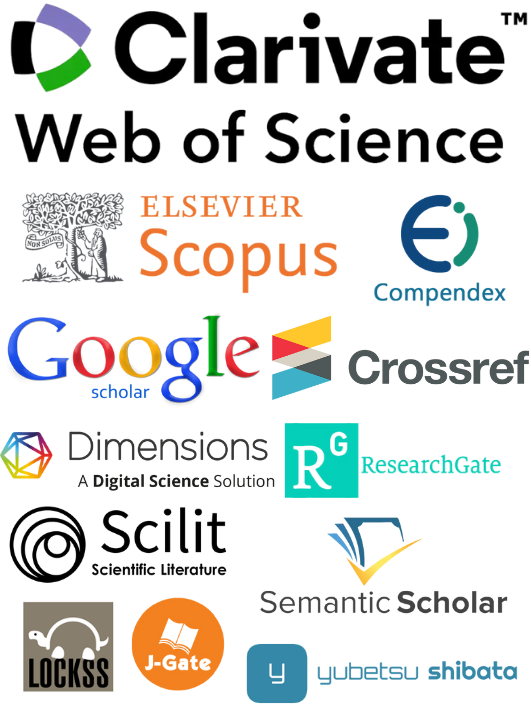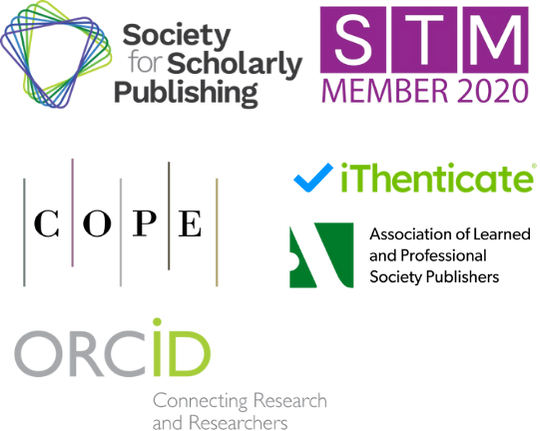Artificial Intelligence Assisted Dual-Teacher Model Constructing Practices
DOI:
https://doi.org/10.71222/6v57t556Keywords:
artificial intelligence assisted, dual-teacher, foreign language educationAbstract
This study explores the development and practical application of an innovative AI-assisted dual-teacher model for foreign language education. By introducing a dynamic framework that combines human educators with AI-driven teaching assistants, the research establishes a three-phase collaborative approach designed to meet the cognitive, linguistic, and cultural demands of language learners. The approach capitalizes on the complementary strengths of both human teachers and AI tools, offering a personalized and responsive learning experience. The findings of the study underscore the effectiveness of this model in leveraging AI's advanced capabilities, such as semantic generation and data analytics, to streamline and automate routine instructional tasks. This automation allows human instructors to focus their expertise on higher-level educational objectives, including fostering intercultural communication, nurturing emotional engagement, and cultivating critical thinking skills among students. As a result, the dual-teacher model significantly enhances the quality of foreign language instruction by diversifying teaching methods and creating opportunities for individualized learning trajectories. Furthermore, this approach promotes the development of digital literacy in both students and educators. The integration of AI technology empowers learners to navigate a variety of digital tools, while teachers are better equipped to manage and interpret the data generated by these systems. By blending the strengths of both human instruction and AI support, this model is positioned to transform traditional language education, providing a richer, more inclusive, and adaptive learning environment.
References
1. X. An, et al., "Modeling students’ perceptions of artificial intelligence assisted language learning," Comput. Assist. Lang. Learn., vol. 2023, pp. 1–22, 2023, doi: 10.1080/09588221.2023.2246519.
2. T. Schmidt and T. Strasser, "Artificial intelligence in foreign language learning and teaching: a CALL for intelligent practice," Anglistik: Int. J. Engl. Stud., vol. 33, no. 1, pp. 165–184, 2022.
3. J.-B. Son, N. K. Ružić, and A. Philpott, "Artificial intelligence technologies and applications for language learning and teaching," J. China Comput. Assist. Lang. Learn., vol. 5, no. 1, pp. 94–112, 2025, doi: 10.1515/jccall-2023-0015.
4. S. O. Semerikov, A. M. Striuk, and H. M. Shalatska, "AI-assisted language education: critical review," Educ. Dimension, vol. 4, pp. 1–7, 2021, doi: 10.31812/ed.623.
5. B. Zou, et al., "Supporting speaking practice by social network-based interaction in artificial intelligence (AI)-assisted language learning," Sustainability, vol. 15, no. 4, p. 2872, 2023, doi: 10.3390/su15042872.
6. F. Karataş, et al., "Incorporating AI in foreign language education: An investigation into ChatGPT’s effect on foreign language learners," Educ. Inf. Technol., vol. 29, no. 15, pp. 19343–19366, 2024, doi: 10.1007/s10639-024-12574-6.
7. L. Wei, "Artificial intelligence in language instruction: impact on English learning achievement, L2 motivation, and self-regulated learning," Front. Psychol., vol. 14, p. 1261955, 2023, doi: 10.3389/fpsyg.2023.1261955.
8. W. R. A. Bin-Hady, et al., "Exploring the dimensions of ChatGPT in English language learning: A global perspective," Library Hi Tech, vol. 2023, doi: 10.1108/LHT-05-2023-0200.
9. W. Alharbi, "AI in the foreign language classroom: A pedagogical overview of automated writing assistance tools," Educ. Res. Int., vol. 2023, p. 4253331, 2023, doi: 10.1155/2023/4253331.
10. N. Hockly, "Artificial intelligence in English language teaching: The good, the bad and the ugly," Relc J., vol. 54, no. 2, pp. 445–451, 2023, doi: 10.1177/00336882231168504.
11. H. Qiao and A. Zhao, "Artificial intelligence-based language learning: illuminating the impact on speaking skills and self-regulation in Chinese EFL context," Front. Psychol., vol. 14, p. 1255594, 2023, doi: 10.3389/fpsyg.2023.1255594.
12. M. H. Al-khresheh, "Bridging technology and pedagogy from a global lens: Teachers’ perspectives on integrating ChatGPT in English language teaching," Comput. Educ.: Artif. Intell., vol. 6, p. 100218, 2024, doi: 10.1016/j.caeai.2024.100218.
13. J. S. Barrot, "Using ChatGPT for second language writing: Pitfalls and potentials," Assess. Writing, vol. 57, p. 100745, 2023, doi: 10.1016/j.asw.2023.100745.
14. Z. Sun, M. Anbarasan, and D. J. C. I. Praveen Kumar, "Design of online intelligent English teaching platform based on artificial intelligence techniques," Comput. Intell., vol. 37, no. 3, pp. 1166–1180, 2021, doi: 10.1111/coin.12351.
Downloads
Published
Issue
Section
License
Copyright (c) 2025 Min Wang (Author)

This work is licensed under a Creative Commons Attribution 4.0 International License.


